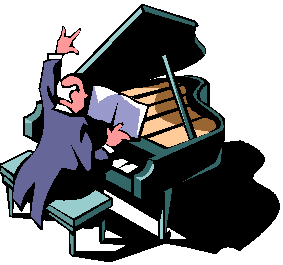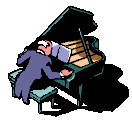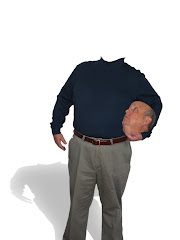 Proper piano instruction is an element extremely vital to learning the instrument well. Though it's very possible to be a self-taught piano player, piano instruction can really increase the speed and efficiency with which one learns the instrument. That's not to say that great piano instruction makes great piano players overnight; even the most naturally talented pianists still play for years before they consider themselves advanced. But proper piano instruction will make maximize those years to the fullest and ensure that the student is learning the correct techniques.
Proper piano instruction is an element extremely vital to learning the instrument well. Though it's very possible to be a self-taught piano player, piano instruction can really increase the speed and efficiency with which one learns the instrument. That's not to say that great piano instruction makes great piano players overnight; even the most naturally talented pianists still play for years before they consider themselves advanced. But proper piano instruction will make maximize those years to the fullest and ensure that the student is learning the correct techniques. Though teaching styles always vary from instructor to instructor, piano instruction generally covers the same basic areas: fingering, music theory, music reading and sight reading. The early lessons will cover fingering and posture, making sure the student knows how to hold his or her hands and where to put them on the keys; series of scales practiced repeatedly will be the basis of this area. Piano instruction will then move on to music theory essentials, starting with the basics of notes and chord structure and moving forward to advanced concepts in rhythm, tempo and dynamics.
Many of these concepts are introduced into the piano instruction while the student is learning to read music, a practice that runs through the entire course of the piano instruction. Teachers will assign short, easy pieces to kick start the student's music reading knowledge and eventually move forward to more advanced pieces. Sight reading, the ability to play a piece of music without ever having seen it, is sometimes placed sporadically throughout the piano instruction, after a student is fairly well-versed in reading music. All of the elements of piano instruction eventually begin to work hand in hand. Once the very early basics are covered, the advanced concepts are taught through practice of a separate concept in piano instruction; theory aids in the knowledge of reading, which in turn aids in the knowledge of both theory and sight reading. Piano instruction then becomes an intricate web of gaining bits of detailed knowledge without realizing that it's being gained.











